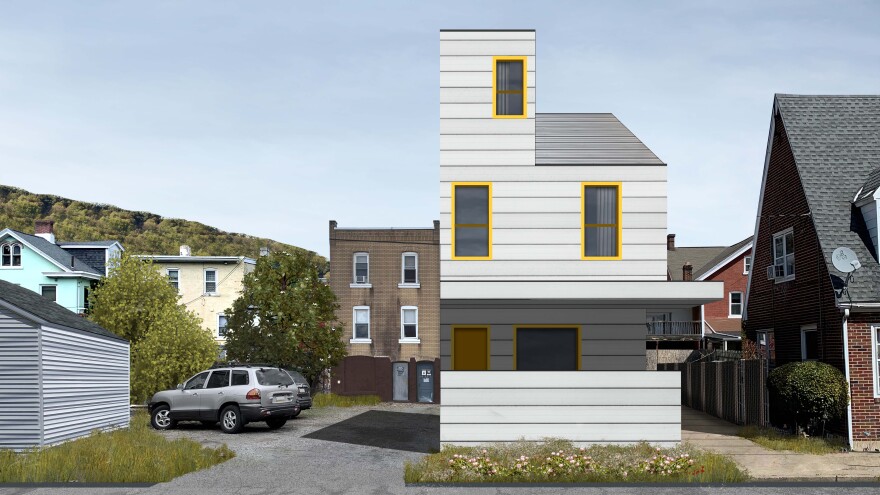BETHLEHEM, Pa. — As part of its affordable housing strategy, Bethlehem is exploring the concept of building modular alley houses through a pilot program — including incentives for participating homeowners to bring in rental income for homes on their lot.
The program would start on the West Side and move beyond at some point.
However, the city’s current zoning ordinance doesn’t allow for accessory dwelling units on any parcels without an approved variance.
Sara Satullo, Bethlehem's deputy director of community development, said the affordable housing study estimates 15-30 ADUs to come in the next five years.
And it's not just alley houses: ADUs could be a third floor added to an existing home, basement conversion, garage renovation or a small cottage.
"The city is interested in encouraging gentle increases of neighborhood-compatible density and encouraging different types of housing development," Satullo said.
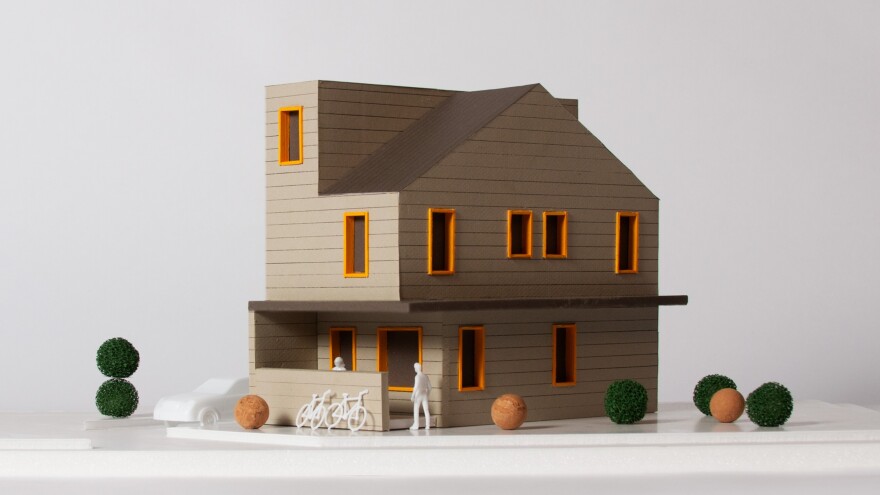
One of a number of strategies
Wes Hiatt, architect and assistant professor of architecture studios at Lehigh University, at a community discussion Thursday said the city, Community Action Lehigh Valley and Lehigh University have been in partnership surrounding the idea of more ADUs in the city.
“[It] kind of came out of a big question of affordable housing in Bethlehem and how we can provide more places to live in dignity, at a cost that people can afford, while also not displacing anyone or making things that might not necessarily fit in with the neighborhood,” Hiatt said.
An “affordable” living situation would be considered no more than 30% of a household’s income covering rent or mortgage payments as well as utility costs, Hiatt said.
City data shows 31% of households and more than 62% of renters are paying an unaffordable amount for living arrangements.
“[It] kind of came out of a big question of affordable housing in Bethlehem and how we can provide more places to live in dignity, at a cost that people can afford, while also not displacing anyone or making things that might not necessarily fit in with the neighborhood."Wes Hiatt, architect and assistant professor of architecture studios at Lehigh University
City development officials discussed a number of affordable housing strategies in October.
Those included increasing the supply of “deeply affordable” units, offering protections for residents facing displacement, developing community partnerships around housing and — where the alley homes come in — updating respective zoning ordinance to encourage different types of housing.
Bethlehem is no stranger to such dwellings.
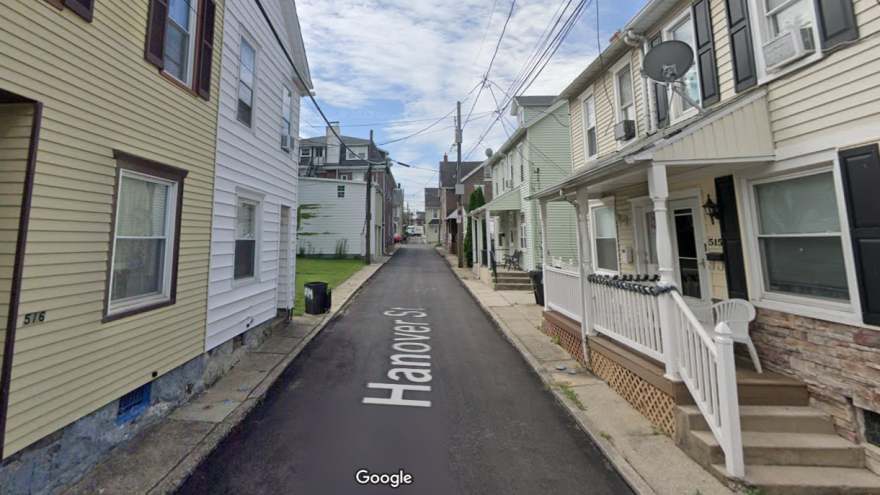
All across Bethlehem
“This is a kind of traditional housing type that uses available land on the back, alley-facing side of a residential parcel,” Hiatt said. “And it fits in with the character of the neighborhood, because there’s lots of them that already exist.”
There are alley homes all across Bethlehem, including the South Side at Morton and Laufer streets, as well as the West Side at Franklin Alley and Raspberry Street, Hiatt said.
Project officials have identified about 650 parcels in West Bethlehem that could “reasonably accommodate” the program’s alley houses, flagging lots at a minimum of 20 feet wide by 140 feet long.
That side of town was chosen because of the current presence of accessory dwelling units and often larger lot sizes compared with other areas of the city.
“This is a kind of traditional housing type that uses available land on the back, alley-facing side of a residential parcel. And it fits in with the character of the neighborhood, because there’s lots of them that already exist.”Wes Hiatt, architect and Lehigh University assistant professor of architecture studios
Another factor considered included sewer access, which wouldn’t be a problem since services could be tied directly to the alley sewer, Hiatt said.
Hiatt said he believed in the concept of these homes because:
- ADUs can provide a space for residents to age in place, which could lead to a move to the smaller alley home at some point in their life and make room for potential income from renting out the main home
- Relatives can stay close to other relatives by living in nearby ADUs; the same goes for home health and personal care assistants
- The homes can be built more affordably considering they have a smaller footprint
- They exist on land that’s already available
In a brief look back, he said “downzoning,” or classifying a parcel in a way that reduces its permitted housing density and development, came about in America during the mid-20th century.
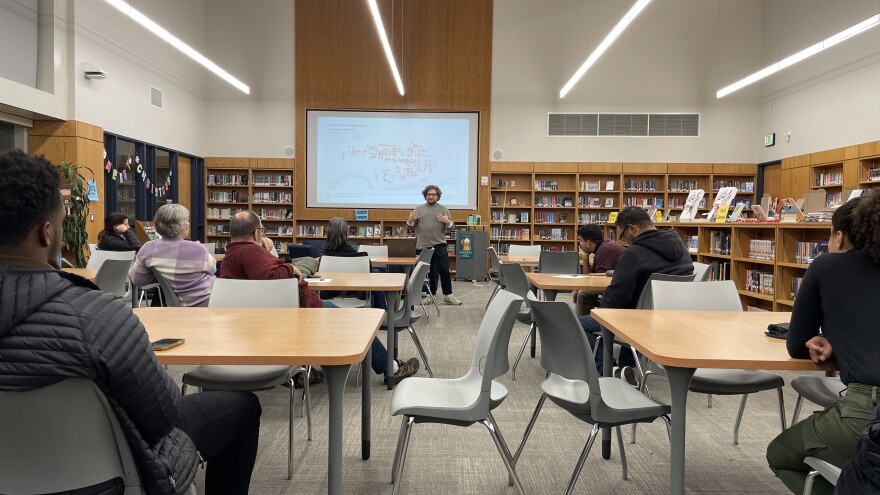
Thoughts from the community
Mary Beth Pavlo, a West Side resident who lives near an alley home, said that, in her experience, such units come with parking problems.
And considering truck and service vehicle traffic for businesses and restaurants close by, the issue would just become worse, she said.
Tom Pavlo said he saw the idea of alley houses bringing back tradition to the city as “a farce,” something that would affect property values, safety and more.
He said he shared the same concerns of his neighbors who weren’t at the meeting.
“If it was promoting tradition, we would still have the Southside ethnic communities, Martin Tower, Bethlehem Steel and no casino,” Pavlo said.
“The rents are gonna go up regardless. Those could easily be cost-burdened homes within five years if there’s not sort of barriers in place to make sure they’re being rented out and handled ethically.”West Bethlehem resident Jon Irons
He proposed that other areas around the city be developed instead, including the area around Martin Tower and the Bethlehem Steel office on Third Street.
Jon Irons, another West Bethlehem resident, said he would want to know there would be protections in place for the renters if the zoning ordinance was changed.
“The rents are gonna go up regardless,” Irons said. “Those could easily be cost-burdened homes within five years if there’s not sort of barriers in place to make sure they’re being rented out and handled ethically.”
A number of residents expressed concern over how these ADUs could affect taxes and property values.
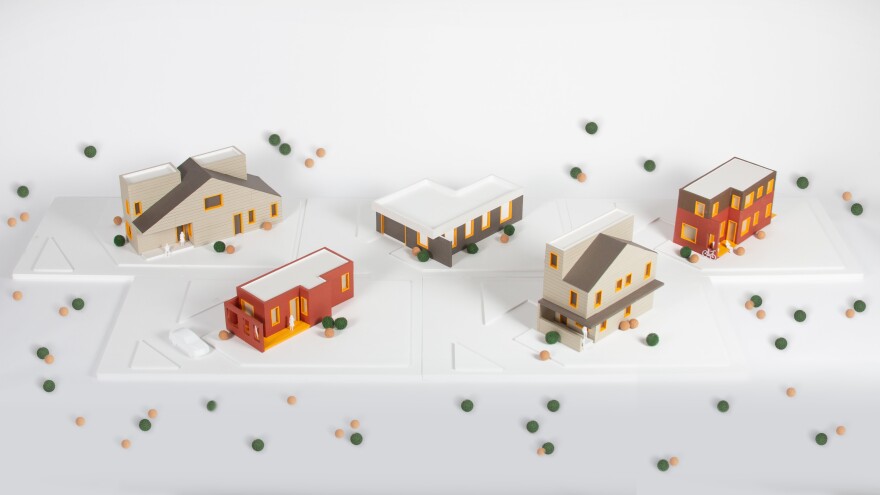
What's in it for the landowners?
For now, the pilot program would involve current homeowners and ADUs for rent to low- to moderate-income tenants. Those ADUs could be considered affordable, while some may be market rate, officials said.
Hiatt said the units have been brainstormed to be about 800 square feet and comfortably fit two bedrooms, costing $200,000 to $250,000 to build — but that could vary.
“The goal of this is to work with homeowners to figure out what exactly the best design for them is,” Hiatt said.
Hiatt said a main incentive for participating homeowners would include the potential to bring in some rental income from someone living in such a unit. Another portion of the rent payment would cover associated upkeep of the ADU.
“The goal is not to put additional burden on the homeowner to be a landlord. … The idea is for the zoning to change and to allow for these kinds of units to be built more broadly.”Wes Hiatt, architect and assistant professor of architecture studios at Lehigh University
Though the plan still is being hashed out, CALV likely would manage the property and address tenant needs and placement, Hiatt said.
“The goal is not to put additional burden on the homeowner to be a landlord,” Hiatt said. “The idea is for the zoning to change and to allow for these kinds of units to be built more broadly.”
The new home also would be built at no cost to the landowner and potentially involve a forgivable loan at the end of an agreed-upon term.
To protect the tenant(s), that deal could also come with affordability commitments to last 15 years or so, Hiatt said.
He said those associated with the project look to provide five pre-approved alley home designs, signed off on by appropriate city officials, to share with participating homeowners for individual tweaks relative to each lot.
Those homeowners could also design their own alley homes or consult with professionals, but those would come with increased costs, Hiatt said.
“Everyone deserves a place to live in dignity, in a place where they can afford … I strongly believe in this project as a way to help people’s lives."Wes Hiatt, architect and assistant professor of architecture studios at Lehigh University
The parties involved are exploring tax abatements or other incentives for homeowners.
Satullo referenced research from the Regional Plan Association that shows no evidence of property taxes going up or down as a result of a higher density.
Other places around the country, such as New Haven, Connecticut, have seen success in this type of zoning program, and Bethlehem is “at the leading edge” of it in the Lehigh Valley, Hiatt said.
“Everyone deserves a place to live in dignity, in a place where they can afford … I strongly believe in this project as a way to help people’s lives,” Hiatt said.
What's next?
Project officials have applied for grants from the state, U.S. Department of Housing and Urban Development, Community Project Funding, Pennsylvania Housing Finance Agency and philanthropic sources.
Satullo said involved parties will further discuss the pilot program possibilities next year. Hiatt said they hope to see a change in the ordinance in the next 12-18 months.
More community meetings about Bethlehem alley homes are planned after the holiday season.

